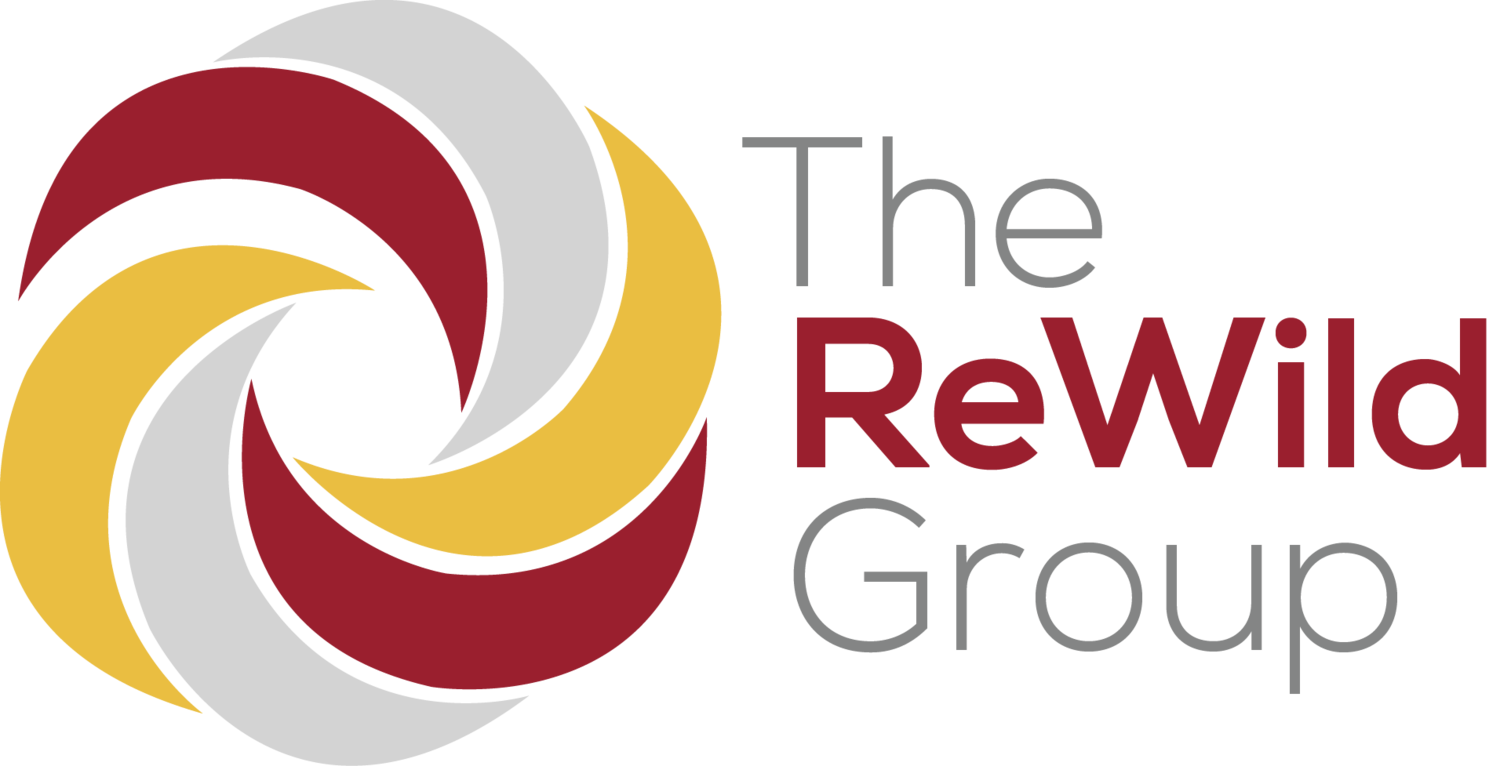
The ReWild Group Blog
Your home for relevant and engaging content serving small business owners and consultants. Subscribe so you don’t miss a post!
Gates of Focus in a Stage 3 Business
Stage 3’s Gates of Focus priorities are People, Profit, and Process.
The Customer Experience Triad
The Customer Experience Triad identifies the three main areas in which customer service must do well to successfully keep the revenue coming. When adopted by the team, the Triad provides a framework for organizing customer service activities and initiatives.
Builder-Protector Ratio in a Stage 4 Company
In Stage 4, the ideal Builder-Protector Ratio is 3:2, which means confidence is slightly higher than caution. The 3:2 ratio in Stage 4 reflects an organization that is once again ready to embrace change (after intentionally slowing down in Stage 3), but at a slower pace than in Stages 1 and 2.
Position Role Sheets
The Position Role Sheet is a management tool that organizes the work through Positions, Roles, and Types of Work. It is a fundamental way to accomplish the goal of first organizing the work before organizing the people doing the work. As a building block for departments of all sizes, Position Role Sheets break down the roles and responsibilities of each position within a department.
Introducing the Functional Org Chart
An Organization Chart, or Org Chart, is a basic tool used by many businesses to communicate where individuals fit within an organization. In Organizational ReWilding, the variation of this concept is called a Functional Org Chart. The key difference is that the Functional Org Chart focuses on positions, not people; no names appear on the chart.
Leadership Style Blend in a Stage 7 Business
The ideal leadership blend for Stage 7 is Visionary, Coaching, and Democratic. Stage 7 leaders ignite the spirit of innovation, grow future leaders, and listen to their people.
Interdepartmental Planning Process
As companies grow and organize into departments, it’s common for them to fall into a siloed mentality where they only see the needs in front of them and do not consider the needs of the company as a whole. This leads to challenges with planning and knowing how best to allocate resources. The Interdepartmental Planning Process helps leaders overcome those challenges by providing a means to weigh the needs of their departments against the other needs of the company. In this way, leaders from various departments can come to a consensus about what needs to be prioritized for the benefit of the organization.
Leadership Style Blend in a Stage 6 Business
The ideal leadership blend for Stage 6 is Pacesetting, Affiliative, and Visionary. A Stage 6 leader sets the bar for success, fosters connectedness in the team, and instills pride in the organization.
Enterprise Thinking: The antidote to department silos
This natural tendency to focus on the immediate needs of one’s department can work against the success of the enterprise. Due to daily challenges, needs, and opportunities, departments can become self-focused and lose sight of the big picture. The outcomes of this silo mentality are a lack of cooperation and hoarding of information. What works for one department might make things difficult for another. Departments begin to compete for resources without understanding or even caring about the needs of the enterprise.
Leadership Style Blend in a Stage 4 Business
The ideal leadership blend for Stage 4 is Coaching, Affiliative, and Pacesetting.
Stage 7 challenge: adapting to a rapidly changing marketplace
Known as the Visionary Stage, one of the top five challenges Stage 7 businesses struggle with is a marketplace that is rapidly changing. With between 161-350 employees, the business has grown to a point where it is no longer quick and nimble like it was when it was smaller. To remain competitive, the organization must be able to methodically identify and pursue market opportunities.
The five steps of process development
There are five major steps in developing and implementing effective processes. Below is an overview of the five steps, followed by a more detailed explanation.
Leadership Style Blend in a Stage 2 Business
A Stage 2 leader captains the team, exemplifies a standard of high performance, and exerts influence to achieve success. This ideal blend results in the best of both worlds: a team that is being developed and encouraged by a leader who demonstrates high performance and conclusive decision-making.
Inadequate sales are a common challenge for Stage 5 businesses
A Stage 5 business has between 58-95 employees. Known as the Integration Stage, one of the top five challenges businesses of this size face is inadequate sales. A big reason why increased sales are so important at this Stage is the need to cover growing organizational expenses. The company can no longer expect to keep growing through word-of-mouth and must establish Business Development strategies and structures that are repeatable and can scale with the organization.
Are one-on-one meetings worth the effort?
Most people recognize that there are benefits to holding one-on-one meetings with employees. Even so, it’s not easy to make time for them given all the demands of day-to-day work that go along with running a business.
When business owners and leaders understand the true value of these meetings, though, it’s hard to deny that they might be one of the most important things they can do for the long-term health of their business.
The One Choice That Will Define Your Business Forever
After more than 30 years of research and work with over 1,300 CEOs and their companies, I discovered that there is one single choice, like no other, that alters the face of a business forever.
How to Survive Your Company's Stage of Growth
John Harper, CEO of a successful 98 employee manufacturing firm in the Pacific Northwest, woke up one morning to the realization that his company would hit the equivalent of a solid concrete wall going 120 miles an hour in just under 90 days. Disaster was at the door. Why?
A Story About A Wolf
Rewilding is an approach to regain the natural balance and vitality in nature’s eco-systems by inserting key missing elements back into a weakening system in order to re-establish a resilience and dynamic order into the system.


















